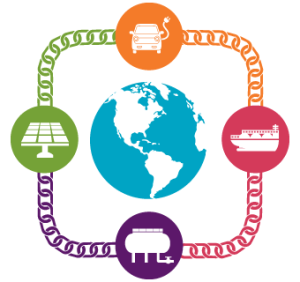Energy Storage: 2017 Year in Review
This issue of EDGE Advisory: Energy Finance Report reviews energy storage developments in 2017, focusing on the key factors that will impact the sector going forward. This issues covers the following topics:
To view the full newsletter, please click here.
Highlights in this issue include:
- A review of major energy storage developments in 2017
- Excerpts from K&L Gates’s full day energy storage seminar
- The increasing role of utilities as energy storage purchasers and developers
- Expert analysis: contracting for project finance and monetization
- Federal and state policy evolution and resulting market opportunities
- Industry leader Q&A interview
- The latest tools for evaluating and implementing energy storage projects
- Critical minerals supply: a potential bottleneck?
Heading into 2018, we look forward to the industry’s accelerating growth, and to continuing to work closely with companies, investors, trade associations, and policy makers in addressing changes in market rules and maximizing the opportunities for energy storage across the electric power sector.
To download a printable PDF of the publication, open the link above and click on the fifth icon from the left in the magazine toolbar at the top of the page.


